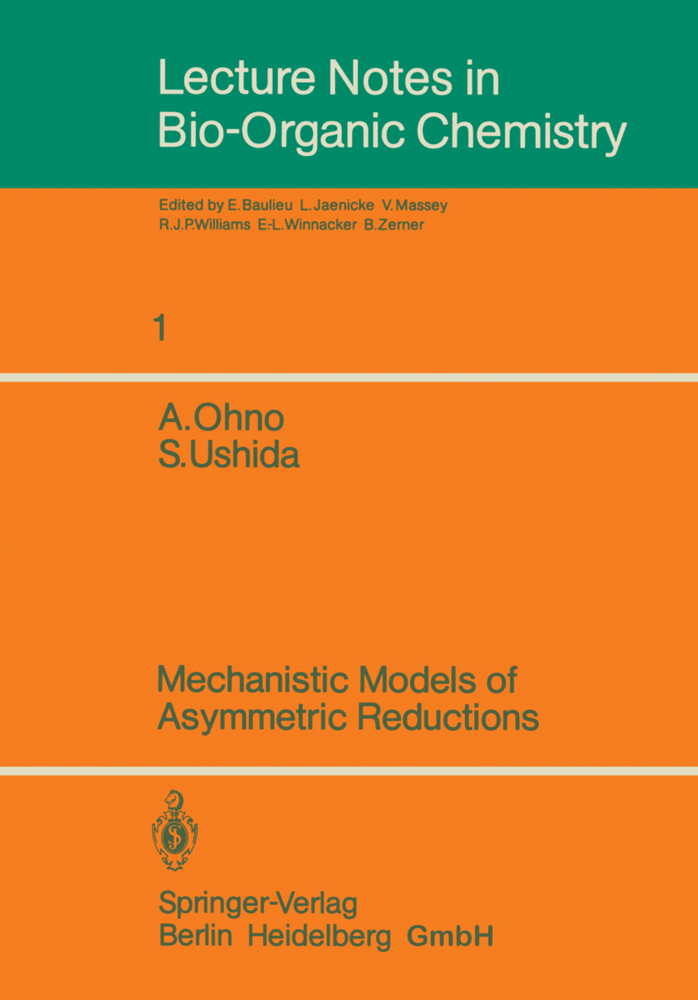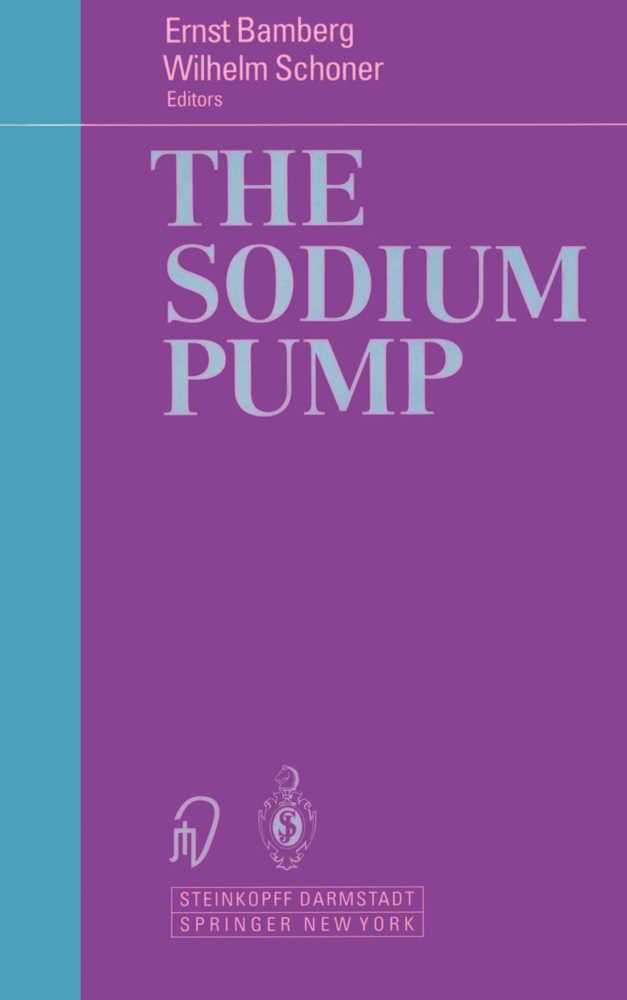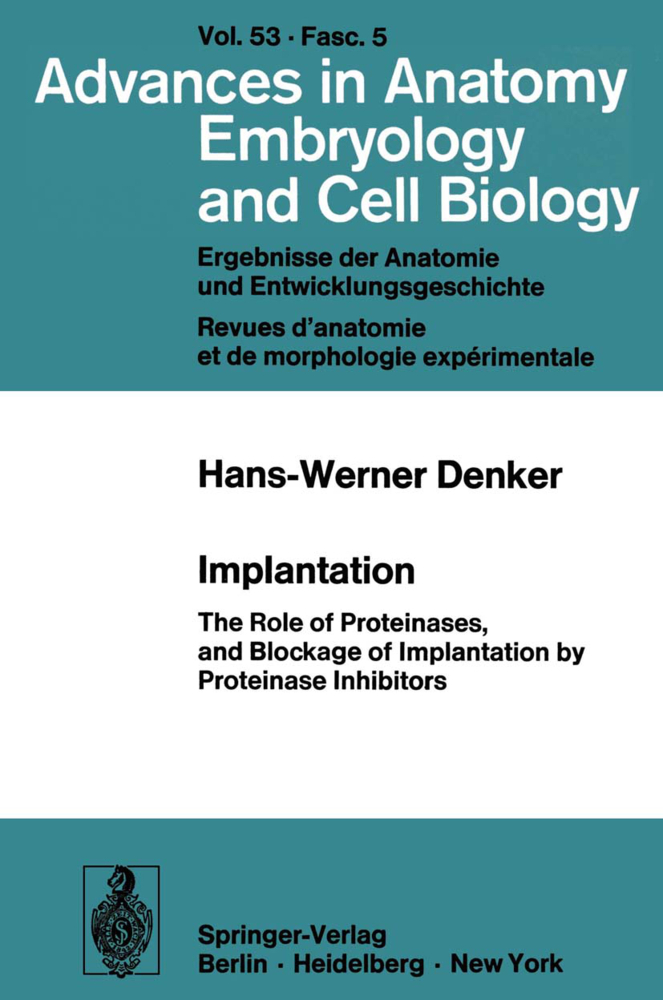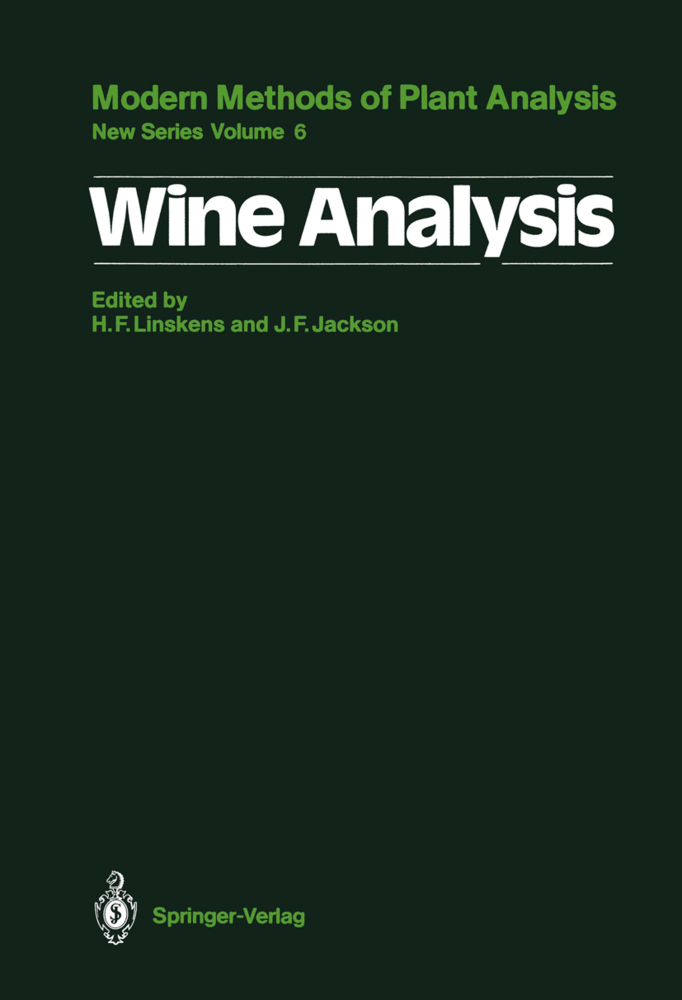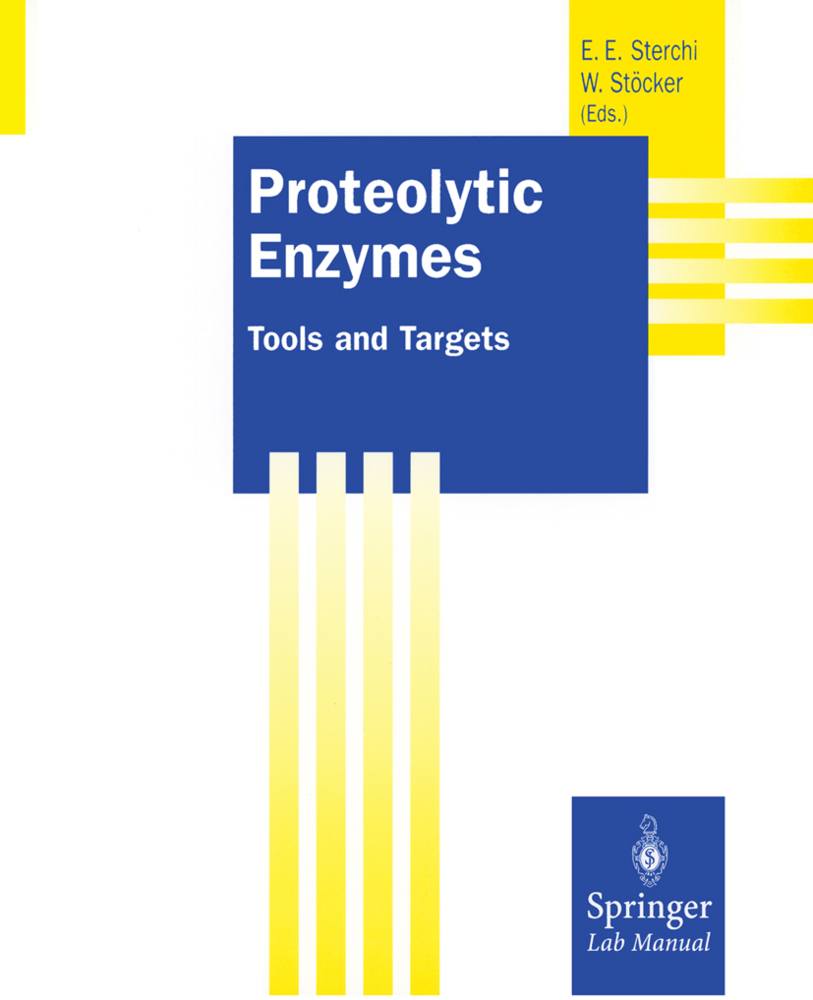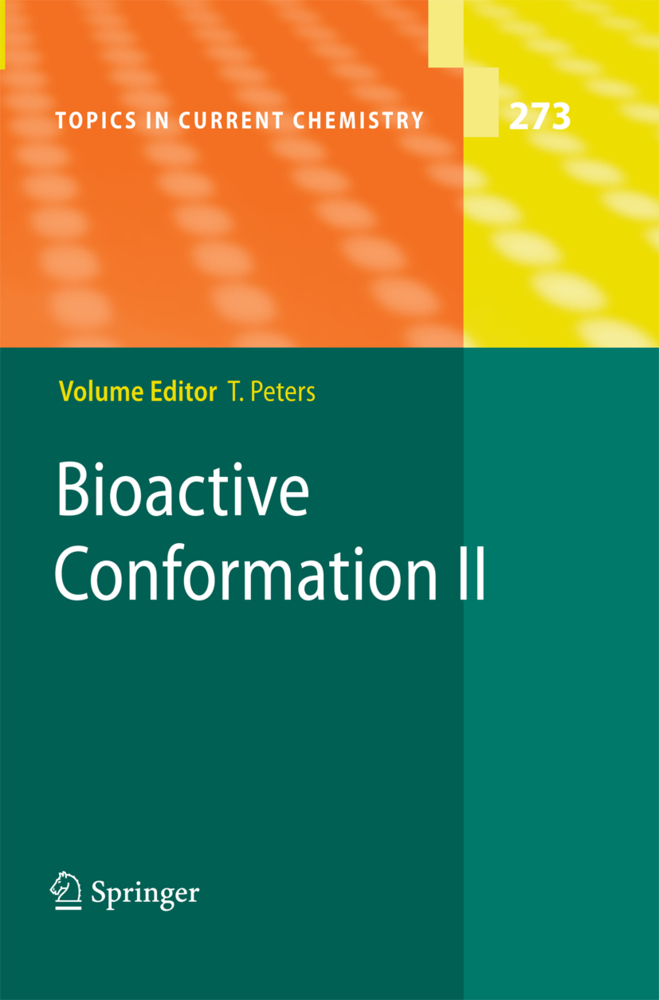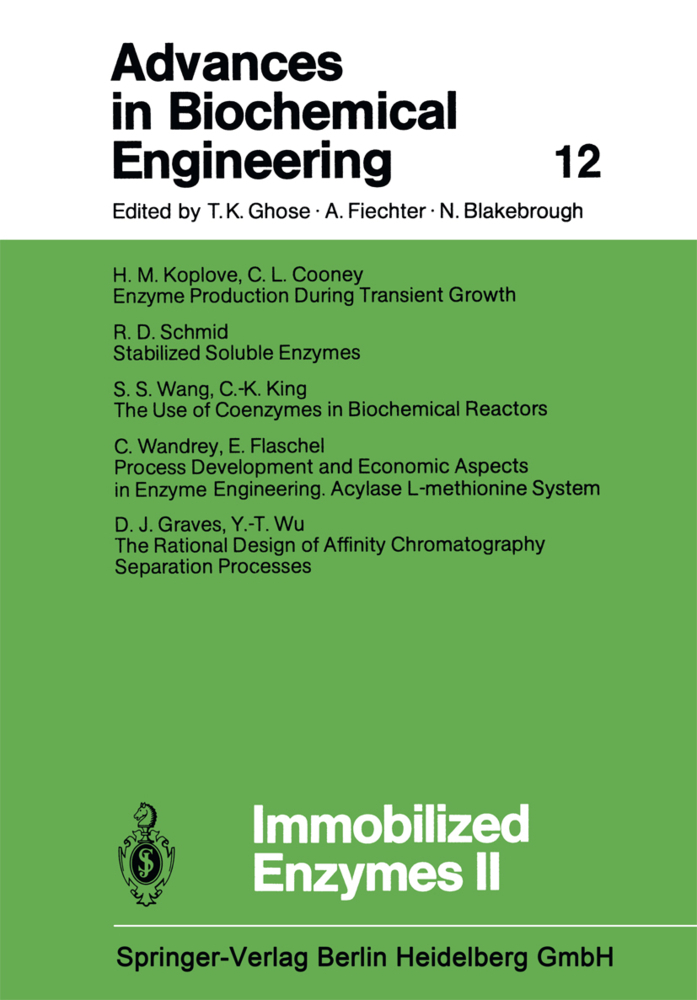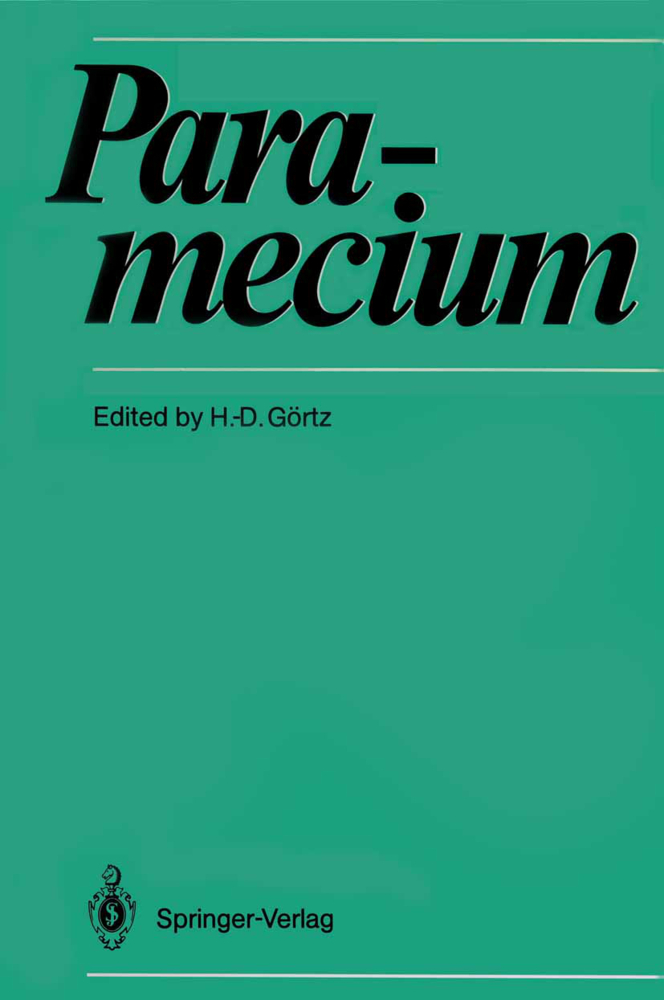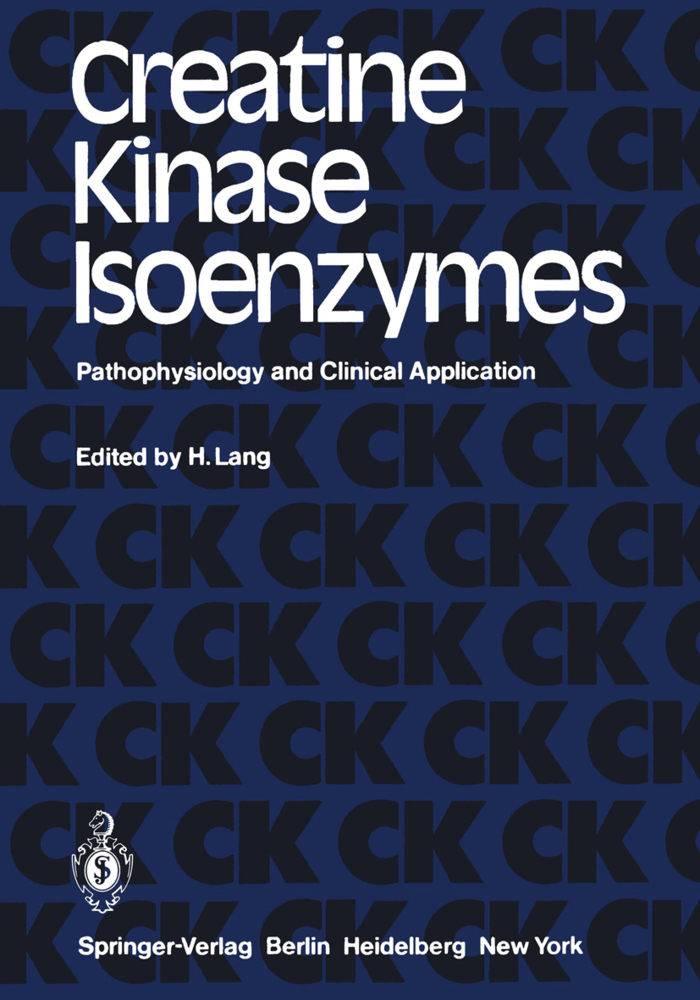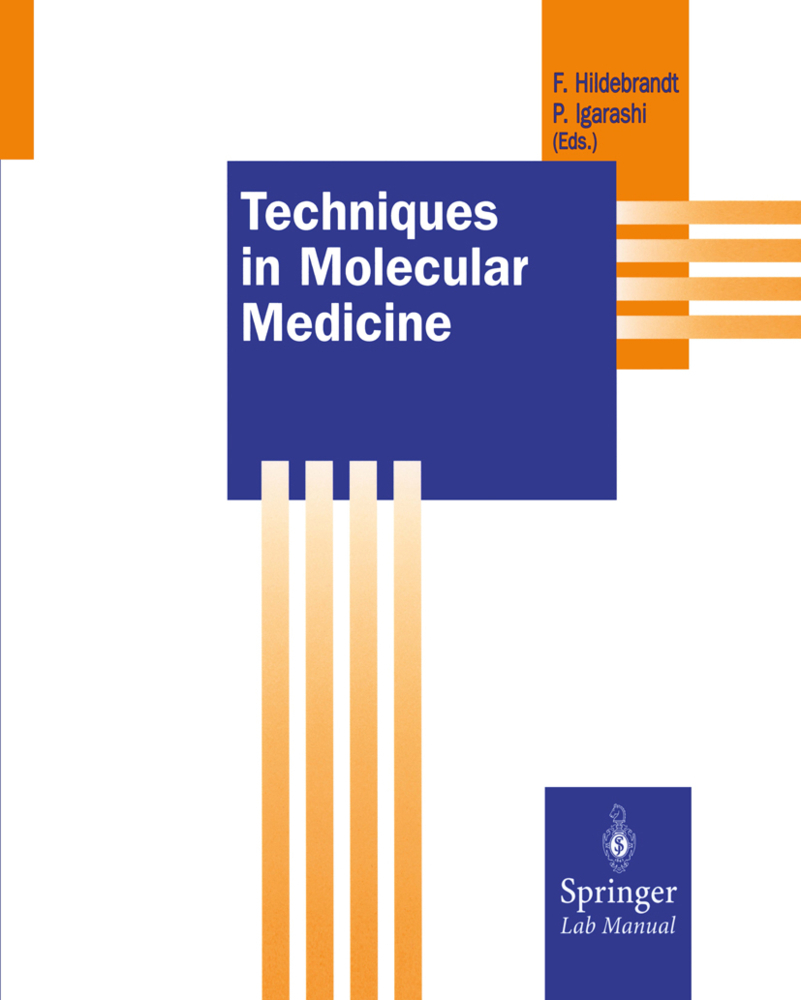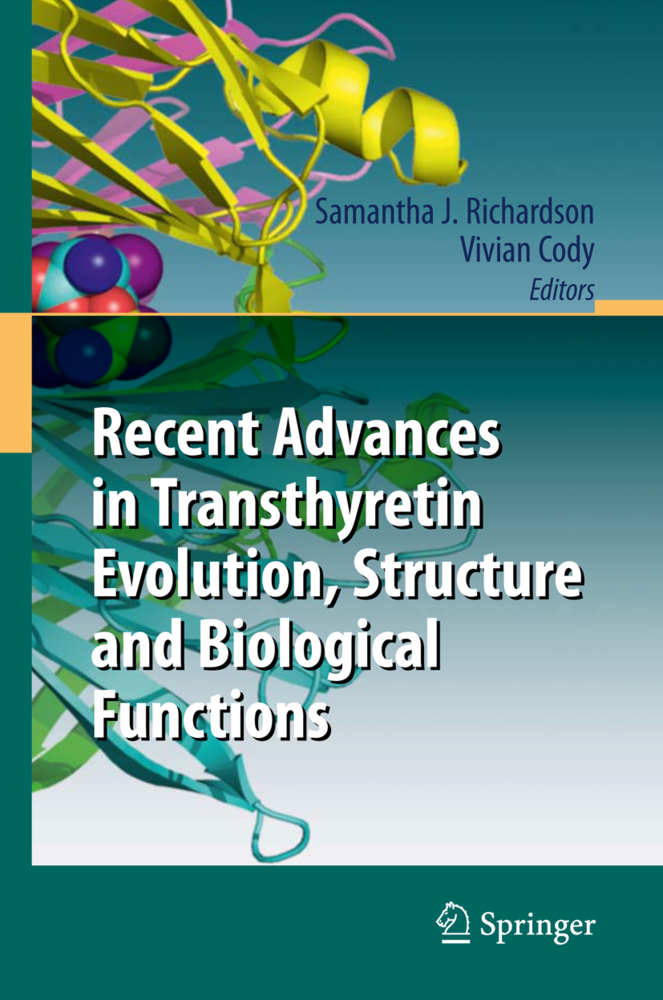Mechanistic Models of Asymmetric Reductions
Mechanistic Models of Asymmetric Reductions
Bio-organic Chemistry has corne of age - the sign of this is the start of a new series of Lecture Notes that are the product and substrate of spreading this line of modern knowledge among graduate students and research workers in such fields as mechanistic biochemistry, bio mimetic organic chemistry, biotechnological application of enzymology, to name only a few examples of how many frontiers are opened and borders lifted - just at. the time when the demand for a'''Synthetic Biology" and "Molecular Biotechnology" is increasing - fields that have been neglected for (too) long a time by "classical" chemists in curricula and imagination. We hope that through this first volume, which pOints in the several directions mentioned above, the profile of the undertaking will become clear and that it will find resonance among the scientific community interested in the thoughtful application of chemical and physical con cepts to biochemical and molecular-biological problems.
3 Stereochemistry in NAD(P)+-Dependent Dehydrogenases
3.1 Stereospecific Hydrogen Transfer from NAD(P)H
3.2 Stereospecificity in an Alcohol Dehydrogenase
3.3 Stereospecificity in Other Dehydrogenases
3.4 Stereochemistry of Transferring Hydrogen
3.5 Stereochemistry with Respect to the Substrate
4 Enzymatic Reductions
4.1 Structure of Dehydrogenase and Substrate Binding
4.2 Mechanism of Hydride Transfer
5 Asymmetric Reduction by Model Compounds of NAD(P)H
5.1 Model Reactions of NAD(P)H-Dependent Dehydrogenases
5.2 The First Asymmetric Reduction
5.3 The Role of Metal Ion
5.4 Mechanism of the Reduction with NAD(P)H Models
6 Stereochemical Course of the Reduction
6.1 Stereochemical Course in the Reduction with PNPH
6.2 Reduction with a Model Which Contains Chirality at the 4 Position
6.3 Further Comment on the Stereochemistry of PNPH and Its Analogues
6.4 Factors That Determine the Stereoselectivity
6.5 NAD(P)H Model Compound Incoroporating a Macrocycle
6.6 Models That Contain Two Chiral 1,4-Dihydronicotinamide Moieties
6.7 Asymmetric Reduction of Nonactivated Substrate
7 Asymmetric Reduction in a Chiral Reaction Field
8 Polar Effect Exerted by Other Asymmetric Reactions
8.1 Reduction to Afford Diastereoisomers
9 Diastereo-Differentiation at the 4 Position of 1,4-Dihydropyridine
9.1 Explanation of A- or B-Specificity in Dehydrogenases
9.2 Self-Immolative Transfer of Chirality Between NAD(P)+ and NAD(P)H Models: a Chirality Sink
9.3 Diastereo-Differentiation for Prochiral Hydrogens at the 4 Position
10 Stereochemistry of Flavin-Dependent Reactions
10.1 Flavin as a Coenzyme
10.2 Stereochemistry of Flavin-Dependent Enzymatic Reactions
10.3 Model Reaction of Asymmetric Inter-Coenzyme Hydrogen Transfer
10.4 Asymmetric Reduction by a Model of Flavin Coenzyme
11 Asymmetric Synthesis of ?-Amino Acids
12 Recent Progress in Asymmetric Reactions Mediated by an Enzyme
13 References.
1 Introduction
2 NAD(P)H as a Coenzyme3 Stereochemistry in NAD(P)+-Dependent Dehydrogenases
3.1 Stereospecific Hydrogen Transfer from NAD(P)H
3.2 Stereospecificity in an Alcohol Dehydrogenase
3.3 Stereospecificity in Other Dehydrogenases
3.4 Stereochemistry of Transferring Hydrogen
3.5 Stereochemistry with Respect to the Substrate
4 Enzymatic Reductions
4.1 Structure of Dehydrogenase and Substrate Binding
4.2 Mechanism of Hydride Transfer
5 Asymmetric Reduction by Model Compounds of NAD(P)H
5.1 Model Reactions of NAD(P)H-Dependent Dehydrogenases
5.2 The First Asymmetric Reduction
5.3 The Role of Metal Ion
5.4 Mechanism of the Reduction with NAD(P)H Models
6 Stereochemical Course of the Reduction
6.1 Stereochemical Course in the Reduction with PNPH
6.2 Reduction with a Model Which Contains Chirality at the 4 Position
6.3 Further Comment on the Stereochemistry of PNPH and Its Analogues
6.4 Factors That Determine the Stereoselectivity
6.5 NAD(P)H Model Compound Incoroporating a Macrocycle
6.6 Models That Contain Two Chiral 1,4-Dihydronicotinamide Moieties
6.7 Asymmetric Reduction of Nonactivated Substrate
7 Asymmetric Reduction in a Chiral Reaction Field
8 Polar Effect Exerted by Other Asymmetric Reactions
8.1 Reduction to Afford Diastereoisomers
9 Diastereo-Differentiation at the 4 Position of 1,4-Dihydropyridine
9.1 Explanation of A- or B-Specificity in Dehydrogenases
9.2 Self-Immolative Transfer of Chirality Between NAD(P)+ and NAD(P)H Models: a Chirality Sink
9.3 Diastereo-Differentiation for Prochiral Hydrogens at the 4 Position
10 Stereochemistry of Flavin-Dependent Reactions
10.1 Flavin as a Coenzyme
10.2 Stereochemistry of Flavin-Dependent Enzymatic Reactions
10.3 Model Reaction of Asymmetric Inter-Coenzyme Hydrogen Transfer
10.4 Asymmetric Reduction by a Model of Flavin Coenzyme
11 Asymmetric Synthesis of ?-Amino Acids
12 Recent Progress in Asymmetric Reactions Mediated by an Enzyme
13 References.
Ohno, Atsuyoshi
Ushida, Satoshi
Baulieu, E.
Jaenicke, L.
Massey, V.
Williams, R. J.
Winnacker, E.-L.
Zerner, B.
| ISBN | 978-3-540-16440-1 |
|---|---|
| Artikelnummer | 9783540164401 |
| Medientyp | Buch |
| Copyrightjahr | 1986 |
| Verlag | Springer, Berlin |
| Umfang | III, 105 Seiten |
| Abbildungen | III, 105 p. |
| Sprache | Englisch |

